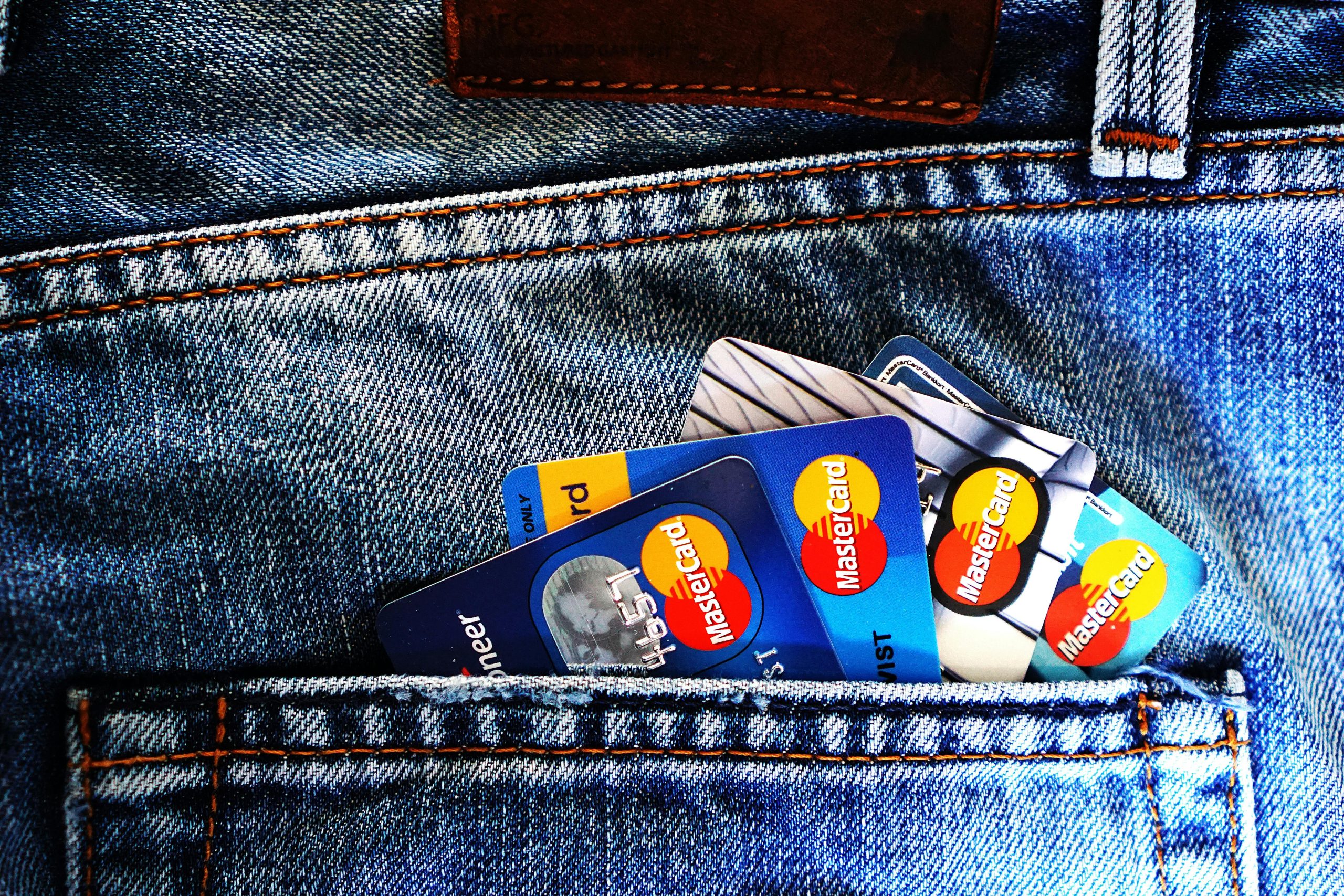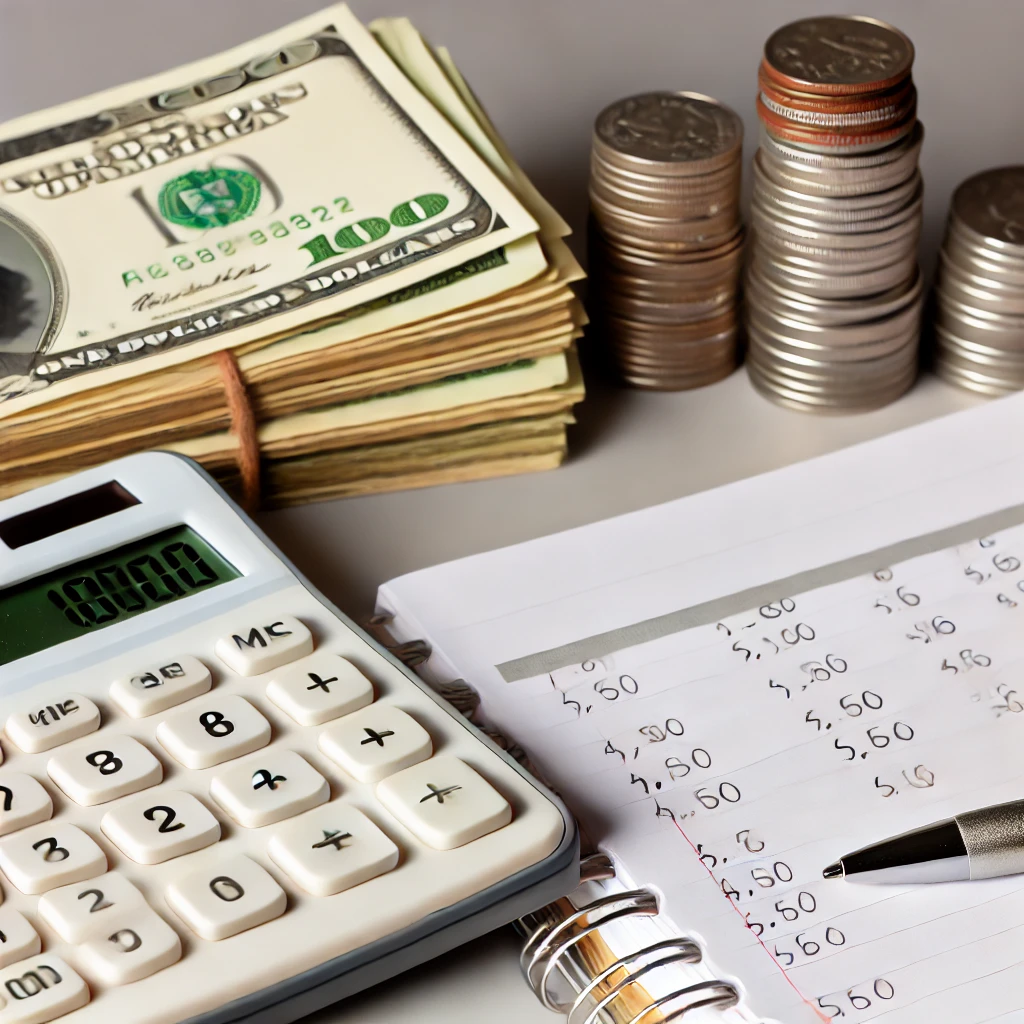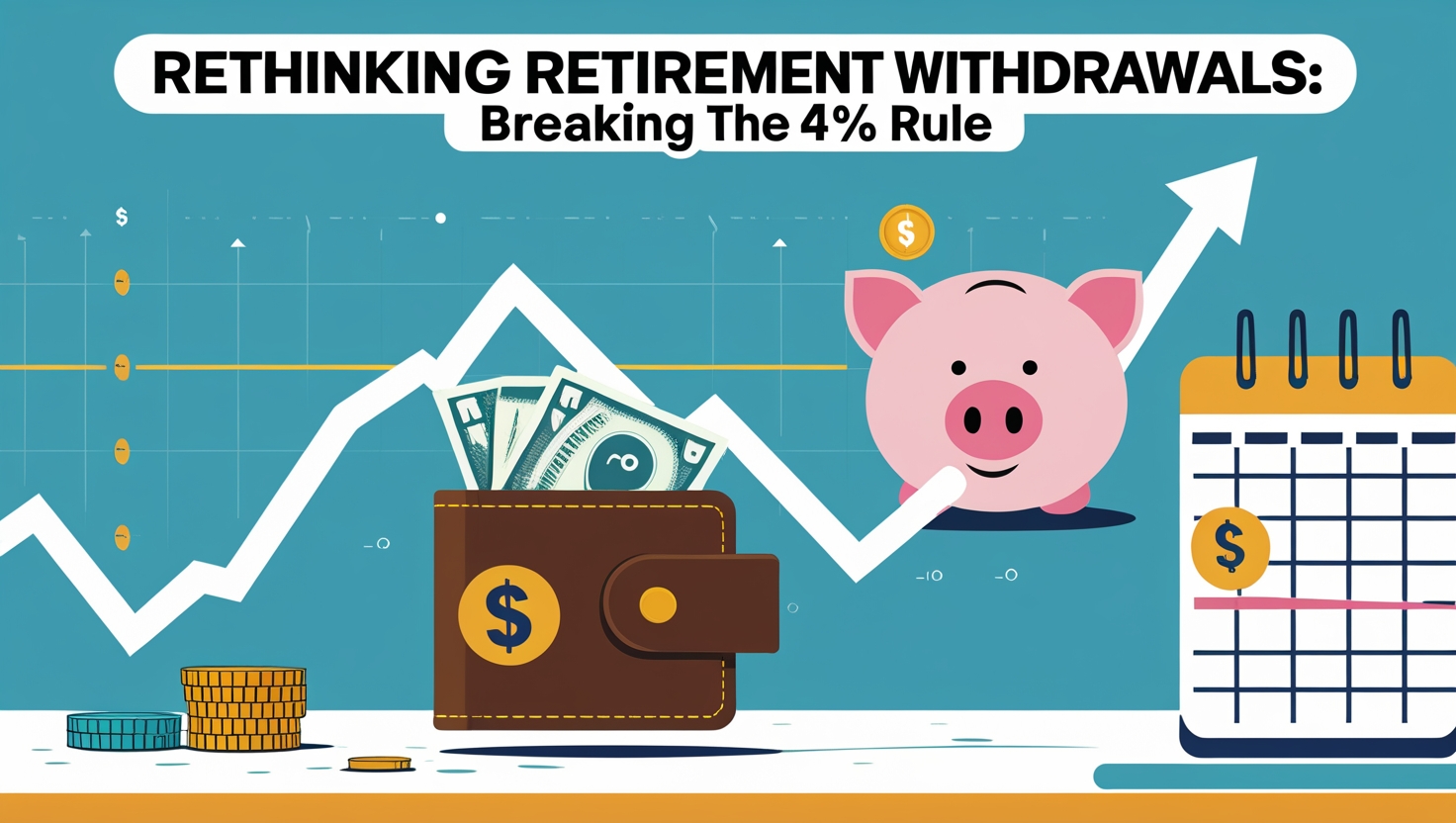The Temptation of Easy Credit
The first time I got a credit card, it felt like I had unlocked some kind of secret door to financial freedom. Suddenly, I could buy things I couldn’t afford before and worry about paying for them later. It felt easy, almost too easy. And that’s exactly how credit card companies want it to feel—like a simple, convenient way to stretch your budget. But it didn’t take long for the balance to start creeping up, and I quickly realized that the convenience came at a cost.
Credit cards can be helpful tools when used responsibly, but they can also become a trap if you’re not careful. High interest rates, hidden fees, and the temptation to spend money you don’t have can lead to a cycle of debt that’s hard to break. Many people fall into this trap without even realizing it—one small purchase turns into a big balance, and before you know it, you’re struggling to make the minimum payments.
The good news is that avoiding the credit card trap is possible if you have a plan and know the potential pitfalls. In this article, we’ll explore practical tips for managing credit cards wisely, so you can avoid falling into debt and keep your finances on track. It’s all about being proactive and staying in control. Let’s take a look at the best ways to stay out of the credit card trap.
1. Always Pay Your Balance in Full
One of the simplest and most effective ways to avoid falling into the credit card trap is to always pay your balance in full each month. It sounds straightforward, but many people make the mistake of paying only the minimum due, thinking they’ll catch up next month. The problem is, interest starts piling up, and before you know it, that small balance has ballooned into a much larger debt.
Credit card companies are happy to let you carry a balance because that’s where they make their money—by charging you interest. The average credit card interest rate hovers around 16-25%, which means that carrying a balance can quickly add up to significant costs. Even a small balance of a few hundred dollars can become an expensive burden if you let interest accumulate month after month.
Let’s break it down with an example. Imagine you have a $1,000 balance on a credit card with an interest rate of 20%, and you decide to pay only the minimum payment each month, which is typically around 2-3% of your balance. By doing this, it could take years to pay off that $1,000, and by the time you’re done, you may have paid hundreds of dollars in interest—all for something you bought months or even years ago.
Paying your balance in full every month not only saves you from these interest charges but also helps keep your credit score healthy. Credit card companies report your payment history to credit bureaus, and consistent full payments show that you’re responsible with credit. Plus, paying off the balance each month keeps you from falling into the dangerous habit of spending money you don’t have.
Actionable Tip: Set up automatic payments to ensure your full balance is paid off every month. This way, you don’t have to worry about missing a payment or carrying a balance. If you’re tempted to overspend, track your purchases closely and make sure you’re only charging what you know you can pay off when the bill comes due.
Always paying your balance in full is the easiest way to avoid getting trapped in a cycle of debt and keep your financial health intact.
2. Avoid Carrying a Balance—Know Your Limits
One of the quickest ways to get trapped by credit cards is by carrying a balance from month to month. When you don’t pay off your full balance, interest starts to pile up, turning what seemed like small purchases into a growing debt burden. The worst part? Most people don’t even realize how fast this can happen until it’s too late.
Carrying a balance can feel harmless at first—after all, what’s a few dollars of interest on a small balance? But here’s where it gets tricky: compound interest. Credit cards charge interest on your remaining balance every day, so even a small balance of $500 can quickly balloon into something much bigger if you’re only making minimum payments. With interest rates that often range between 16-25%, your balance can grow faster than you expect.
To avoid falling into this trap, it’s crucial to know your limits and resist the temptation to charge more than you can comfortably pay off each month. Just because your credit limit is $5,000 doesn’t mean you should be spending anywhere near that amount. Treat your credit limit as a guide for emergency use or planned purchases, not as extra income.
Here’s an example: If you have a $1,000 balance and your card charges 20% interest, paying just the minimum—say, $25—would mean it could take years to pay off the balance, and you’ll end up paying hundreds of dollars in interest alone. Carrying a balance is one of the most expensive mistakes you can make with credit cards.
Actionable Tip: Set a personal spending limit well below your actual credit limit and stick to it. A good rule of thumb is to only charge what you know you can pay off in full when the bill comes. Also, make it a habit to review your spending weekly to ensure you’re staying within your limits. This way, you’ll avoid carrying a balance and falling into a debt cycle that can be hard to break.
By keeping your spending in check and avoiding carrying a balance, you’ll save yourself from high-interest debt and maintain control over your finances. Knowing your limits is key to using credit cards as a tool, not a trap.
3. Stick to a Budget
Credit cards can easily make you feel like you have more money than you actually do. It’s tempting to swipe for purchases without a second thought, especially when you don’t see the cash leaving your bank account right away. That’s why having a budget is essential—it keeps your spending in check and ensures that you’re using credit responsibly. Without a budget, it’s easy to overspend and find yourself with a balance that’s hard to pay off.
A budget helps you track your income and expenses so you know exactly where your money is going. By sticking to a budget, you can ensure that you’re only charging what you can afford to pay off each month, preventing the buildup of high-interest credit card debt. It also gives you a clear picture of how credit card spending fits into your overall financial plan, so you don’t inadvertently derail your progress toward saving, investing, or other goals.
I’ve learned the hard way that when I didn’t budget my spending, it was easy to lose track of small, frequent purchases. A dinner here, a small shopping spree there—before I knew it, my credit card balance had grown far beyond what I could comfortably pay off. It wasn’t until I started budgeting and tracking every expense that I was able to get a handle on my spending.
A solid budget isn’t just about limiting your spending, though—it’s about making conscious choices. If you know how much you have available for discretionary spending each month, you can make intentional decisions about how to use your credit card. Plus, by including your credit card payments in your budget, you’ll avoid the mistake of overspending just because the credit is available.
Actionable Tip: Create a monthly budget that includes specific categories for discretionary spending, bills, and credit card payments. Use budgeting apps or spreadsheets to track your spending in real-time, making sure you’re not relying on credit to cover essentials like groceries or rent. Set clear limits for how much you can spend on your credit card, and adjust your spending if you notice you’re approaching your budgeted limit too quickly.
By sticking to a budget, you’ll stay in control of your credit card use and avoid falling into the trap of overspending. A budget is your best defense against the temptation of easy credit, helping you make intentional financial decisions that support your long-term goals.
4. Avoid Store Credit Cards with High Interest Rates
Store credit cards can be incredibly tempting. You’re checking out, and the cashier offers you a shiny new credit card with an immediate discount on your purchase—sometimes as much as 20% off. It sounds like a great deal in the moment, but what they don’t mention is that many store credit cards come with sky-high interest rates, often significantly higher than regular credit cards.
While the initial discount can seem appealing, the long-term cost of carrying a balance on a store credit card can easily outweigh any savings you might have earned. Store cards frequently have interest rates above 25-30%, which means even a small balance can quickly grow if you’re not paying it off in full each month. Plus, many store cards come with tricky terms, like deferred interest promotions, which can lead to surprise charges down the road if you don’t pay off the full balance within a certain time frame.
I remember signing up for a store credit card to take advantage of a big discount on a purchase. I thought I was being smart, but I ended up carrying a balance for a couple of months, and the interest charges quickly wiped out any savings from the initial discount. I learned that those “deals” often aren’t worth the trouble, especially if you’re not paying off the balance right away.
Store credit cards also tend to encourage impulsive spending. Retailers offer these cards because they know that once you have their card, you’re more likely to shop with them again—and possibly spend more than you planned. This can lead to bigger balances and, of course, more interest payments if you can’t pay them off right away.
Actionable Tip: Before signing up for a store credit card, ask yourself if the short-term discount is really worth the long-term cost. If the card has a high interest rate or deferred interest terms, it’s often better to skip it and pay with a regular credit card or cash. Only consider a store credit card if it offers substantial long-term rewards that align with your spending habits—and always be sure to pay off the balance in full each month to avoid high interest charges.
Avoiding store credit cards with high interest rates is a simple way to protect yourself from falling into debt traps. While the immediate discounts may seem like a good deal, the long-term financial impact of carrying a balance can turn those savings into costly mistakes. Stick to low-interest cards or pay in full with cash or a debit card to stay on track with your finances.
5. Keep Track of Fees and Hidden Costs
Credit cards can come with a variety of fees and hidden costs that can sneak up on you if you’re not paying attention. Beyond interest charges, many cards include annual fees, late payment fees, cash advance fees, and foreign transaction fees, among others. These small charges can add up quickly, making it even harder to stay on top of your credit card balance if you’re not keeping track.
One common mistake is signing up for a credit card with an enticing rewards program or flashy perks, only to discover later that the card comes with a high annual fee. For example, a card might offer travel points or cashback, but if the annual fee is $95 (or higher), you need to be sure you’re earning enough rewards to justify that cost. Otherwise, those perks could end up costing you more than they’re worth.
Late payment fees are another area where people often get caught off guard. Missing just one payment can lead to a fee of $25 or more, and worse, it could trigger a penalty interest rate, which could be significantly higher than your regular rate. Similarly, cash advances—where you borrow cash against your credit limit—usually come with extra fees and higher interest rates that start accruing immediately.
Foreign transaction fees are also easy to overlook, especially if you’re traveling. Many cards charge 2-3% for each international purchase, which can add up if you’re using your card frequently while abroad. If you’re not aware of these fees, you could end up spending far more than you planned.
Actionable Tip: Before applying for any credit card, carefully read the fine print to understand all the potential fees. Make a list of any costs associated with the card—annual fees, cash advance fees, late fees, foreign transaction fees, etc.—and factor them into your decision. If you already have a card, take a few minutes to review your monthly statements and check for any fees you might have overlooked. Setting up automatic payments can help you avoid late fees, and if you travel frequently, consider switching to a card that doesn’t charge foreign transaction fees.
Keeping track of fees and hidden costs is essential for staying in control of your credit card use. By being proactive and understanding the true cost of your card, you’ll avoid unnecessary charges and keep more money in your pocket. Knowing what to watch out for ensures you’re not caught off guard by unexpected fees that can throw your budget off course.
6. Don’t Rely on Credit Cards for Emergencies
When an unexpected expense comes up—like a car repair, medical bill, or home appliance breakdown—credit cards can feel like a quick and easy solution. But relying on credit cards to handle emergencies can lead to a dangerous cycle of debt. The high interest rates associated with most credit cards can make it difficult to pay off emergency expenses, turning a short-term fix into a long-term financial burden.
Many people fall into the trap of using credit cards for emergencies because they don’t have enough cash on hand. The problem is, if you’re unable to pay off that emergency expense right away, the interest starts adding up quickly, and before you know it, that unexpected $1,000 car repair could cost you hundreds more in interest. Relying on credit cards for emergencies means you’re essentially paying more for every crisis that comes up.
When I first started managing my finances, I didn’t have an emergency fund. If something went wrong, my credit card was my backup plan. But after a few unexpected expenses piled up, I found myself facing a growing credit card balance that was difficult to pay down. That’s when I realized I needed a real emergency fund to avoid falling into the same trap again.
The best way to avoid using credit cards for emergencies is to build an emergency fund. This is a separate savings account specifically set aside for unexpected expenses. Ideally, you should aim for at least three to six months’ worth of living expenses in your emergency fund. That way, when life throws an expensive surprise your way, you can cover it without resorting to high-interest debt.
Actionable Tip: Start building your emergency fund today, even if you can only contribute a small amount each month. Set up automatic transfers to a dedicated savings account, and make it a goal to have enough saved to cover at least a few months of expenses. If an emergency comes up before you’ve fully funded your emergency account, try using low-interest loans or dipping into savings rather than turning to credit cards.
By having an emergency fund in place, you’ll protect yourself from the need to rely on credit cards during life’s inevitable bumps in the road. Using credit cards for emergencies might feel convenient, but the interest charges can make that short-term solution far more expensive in the long run. Being prepared with an emergency fund gives you peace of mind and keeps you from falling into the debt trap.
7. Use Rewards Cards Responsibly
Credit card rewards programs can be incredibly enticing—cash back on everyday purchases, airline miles for your next trip, or points to redeem for gift cards or shopping. But while rewards cards can offer great perks, they come with a catch: if you’re not careful, you might find yourself overspending just to chase those rewards. In the end, any benefits you earn can be easily wiped out by high interest charges or debt accumulation if you don’t manage your spending wisely.
One of the biggest mistakes people make with rewards cards is justifying purchases they wouldn’t normally make, simply to earn points or bonuses. It’s easy to convince yourself that spending more on groceries or dining out is worth it for the rewards, but if you’re carrying a balance and paying interest, those points can quickly lose their value. If you’re paying 20% in interest on a balance, that 1-2% cash back suddenly doesn’t look like such a great deal.
I’ve been there myself. I remember getting a rewards card with a sign-up bonus that offered a ton of points if I spent a certain amount within the first three months. I found myself buying things I didn’t need just to hit the spending threshold, and by the time I did, I had a balance I couldn’t pay off immediately. The interest I ended up paying cost me more than the rewards I earned. That’s when I learned that rewards are only worth it if you can manage your spending and pay off your balance in full every month.
To use rewards cards responsibly, treat them like any other financial tool. Don’t let the promise of rewards tempt you into overspending or carrying a balance. The key is to only charge what you would have spent anyway and ensure that you can pay it off when your bill arrives. That way, the rewards you earn are truly a bonus, not a justification for spending beyond your means.
Actionable Tip: Only use rewards cards for regular purchases you would have made regardless of the rewards. Set a budget for your credit card spending, and avoid making unnecessary purchases just to rack up points. Make sure you pay off your balance in full each month to avoid interest charges, and if you’re not able to, consider switching to a non-rewards card with a lower interest rate until you’re back on track.
Using rewards cards responsibly means enjoying the perks without falling into the trap of overspending or carrying high-interest debt. By staying disciplined and treating rewards as an added bonus—not an excuse to splurge—you’ll get the most value from your card while keeping your finances in check.
Final Thoughts: Credit Cards as Tools, Not Traps
Credit cards can be incredibly useful financial tools when used wisely, but they can also become dangerous traps if mismanaged. The key to avoiding the credit card trap is understanding that credit isn’t free money—it’s a tool that, when used correctly, can help you build credit, earn rewards, and manage cash flow. However, when used carelessly, credit cards can lead to overwhelming debt, high interest payments, and long-term financial stress.
By following these practical tips—paying your balance in full, knowing your limits, sticking to a budget, avoiding high-interest store cards, tracking fees, building an emergency fund, and using rewards responsibly—you can harness the benefits of credit cards without falling into the debt cycle. It’s all about staying in control of your spending, using credit cards as part of your overall financial plan, and remembering that the real cost of credit can be far higher than it seems if you’re not careful.
Ultimately, credit cards are tools, not traps. When you use them with discipline and a clear strategy, they can work in your favor. But the moment you start treating them as an easy way to spend beyond your means, they become a burden. Stay informed, stay disciplined, and make credit cards work for you—not the other way around.



